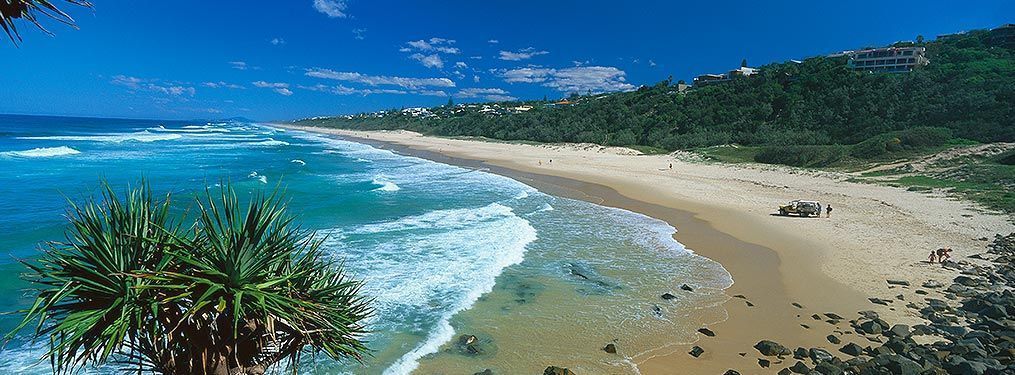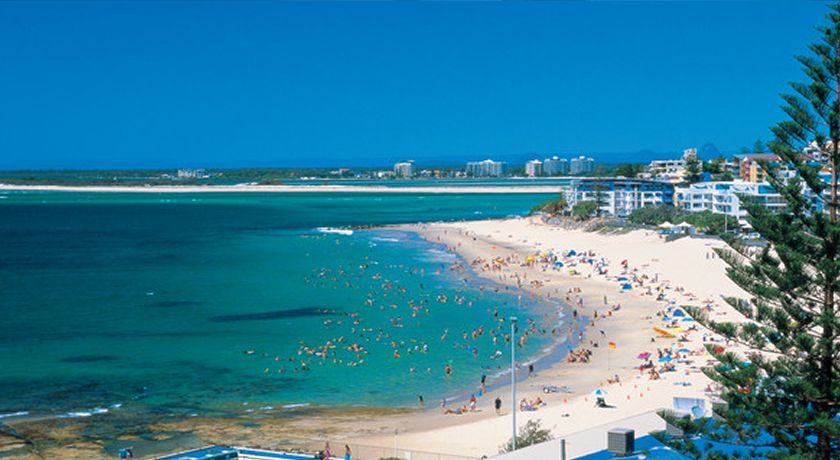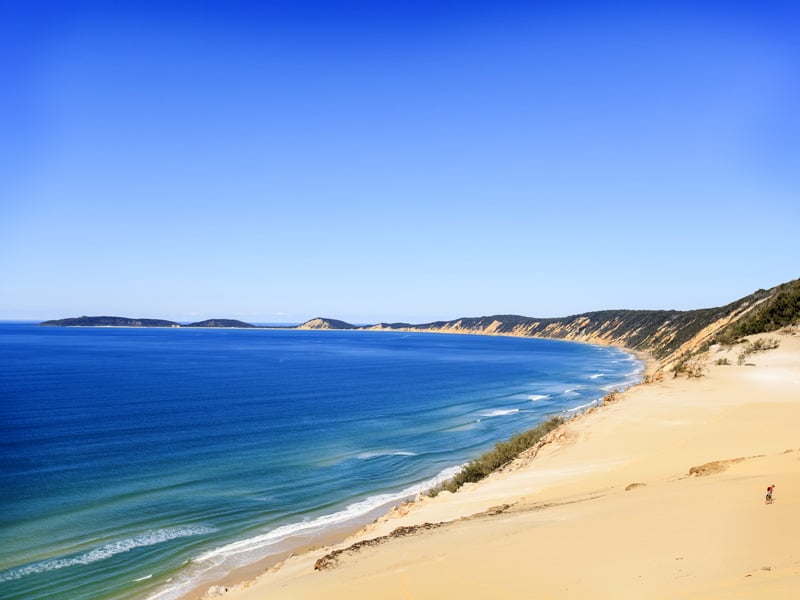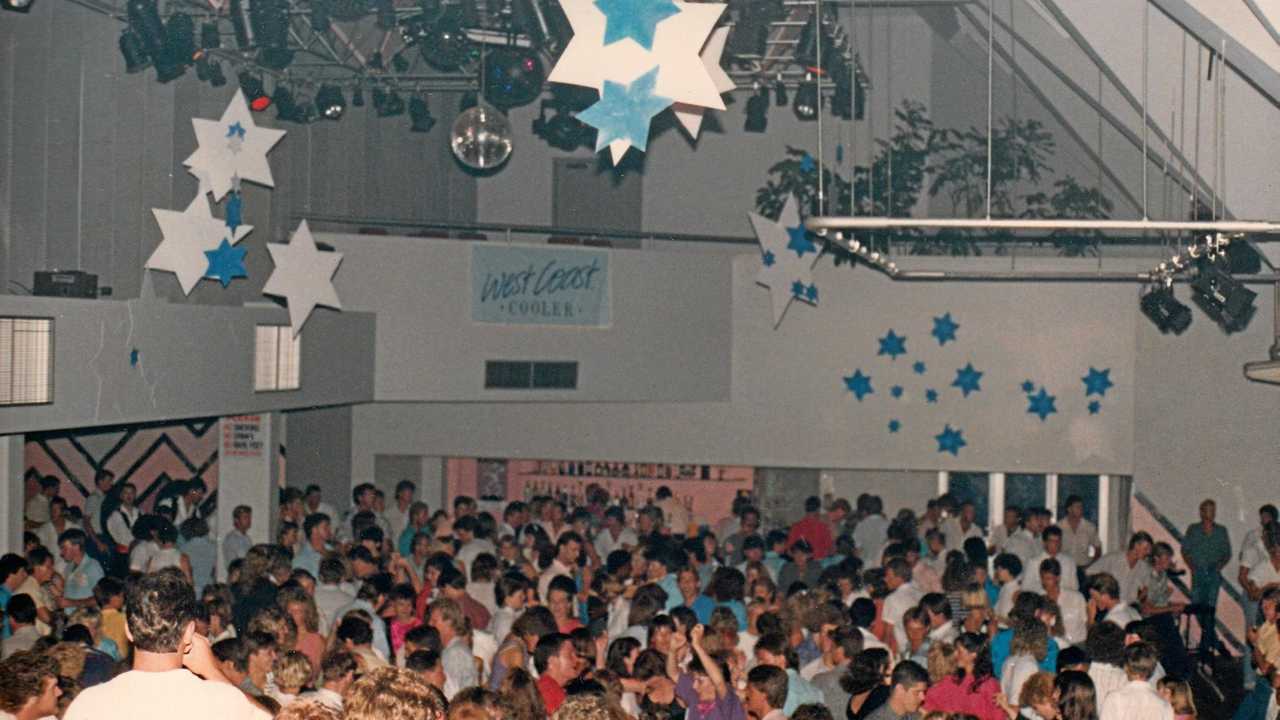Surf Peregian
Now obviously I am no surfing expert, unlike most of the blokes we hang out with, but still had to mention Peregian Beach for its beautiful surf on the right day.....make sure you google a surfcam before committing to the drive.
Having said that, if you get there and it's all over, there are miles of cool shops and cafes to eat, drink and be merry - make sure you take the coastal road back and explore!
 |
| Image courtesy of Commercialview.com.au |










































